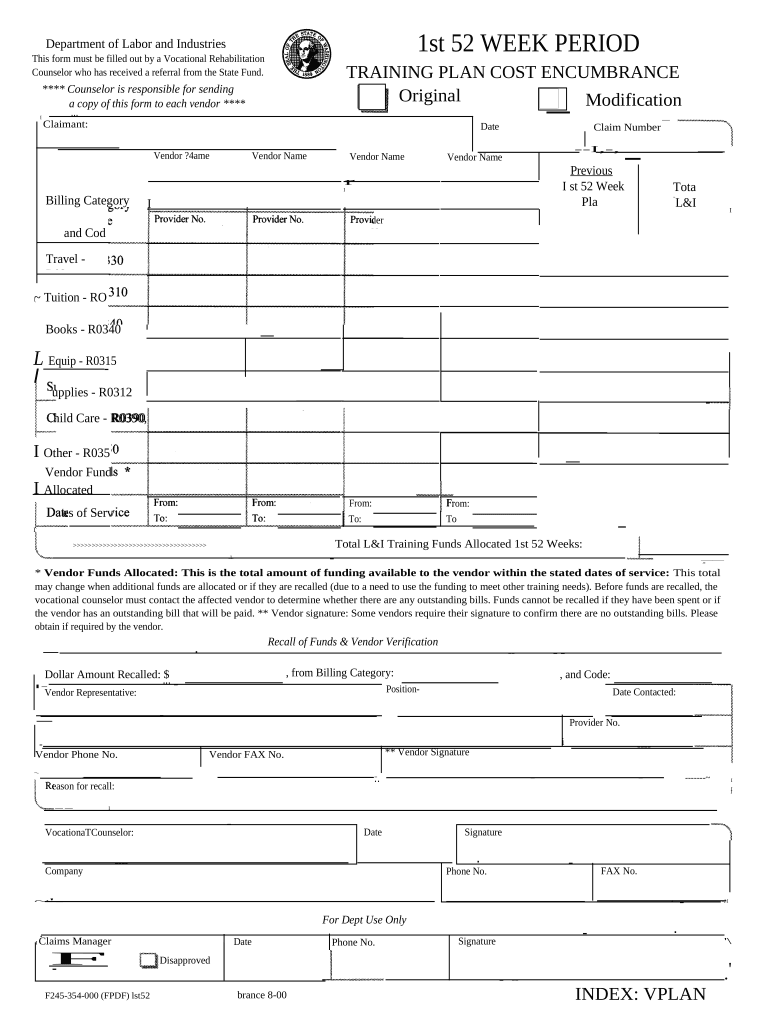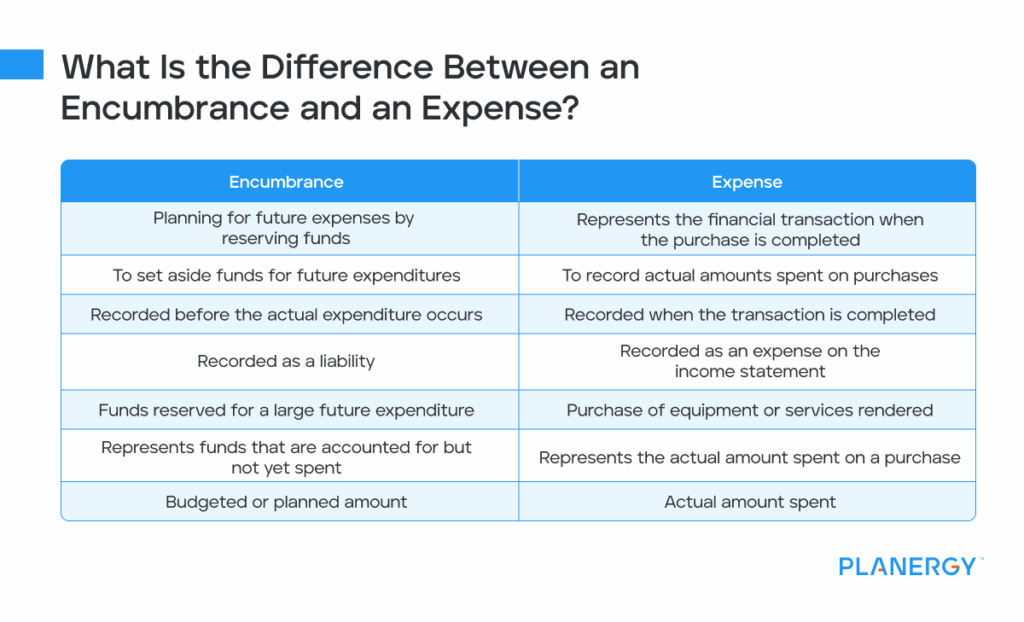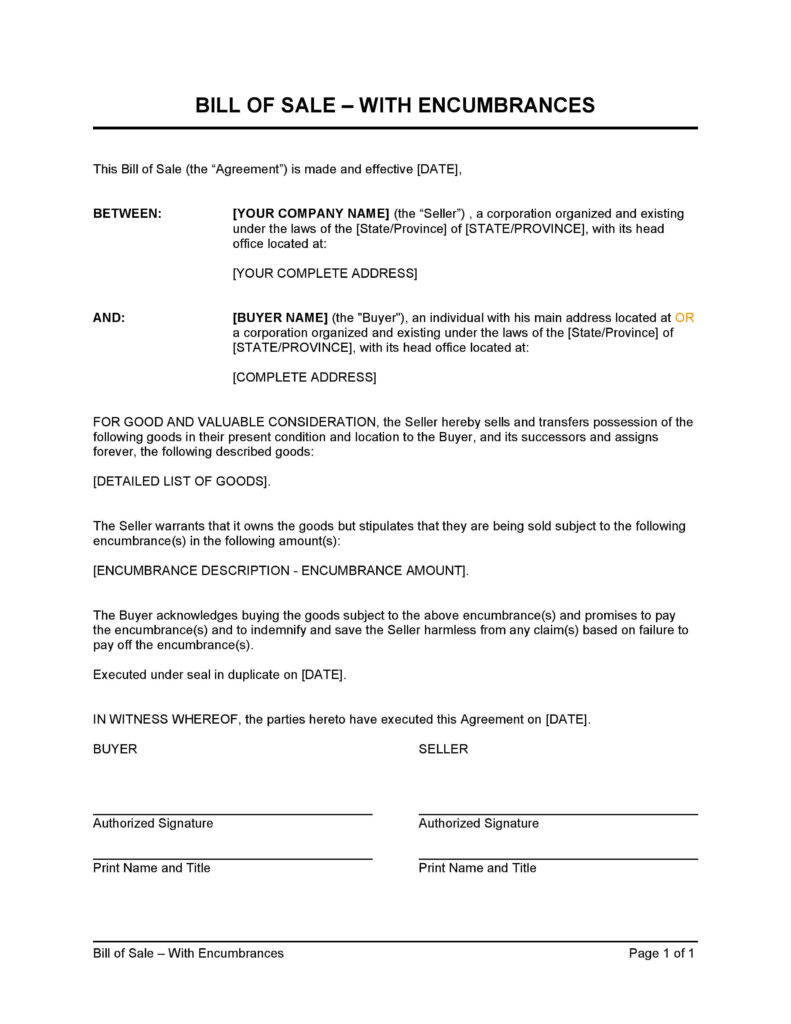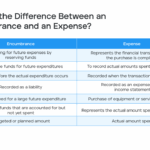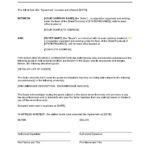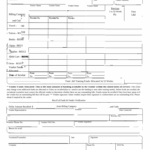A Plan Cost Encumbrance Form is a document used by businesses to track and manage expenses related to a specific project or plan. This form helps organizations monitor costs and ensure that financial resources are allocated appropriately throughout the duration of a project. By utilizing a Plan Cost Encumbrance Form, businesses can maintain transparency and accountability in their financial operations.
When filling out a Plan Cost Encumbrance Form, individuals typically include details such as the project or plan name, budgeted amounts, actual expenses, encumbrances (commitments made but not yet paid), and remaining funds. This information allows stakeholders to stay informed about the financial status of a project and make data-driven decisions to keep costs in check.
Plan Cost Encumbrance Form
Why is a Plan Cost Encumbrance Form Important?
A Plan Cost Encumbrance Form plays a crucial role in effective financial management for businesses of all sizes. By accurately tracking expenses and commitments, organizations can prevent overspending, identify cost-saving opportunities, and ensure that resources are allocated efficiently. Additionally, having a clear understanding of where financial resources are being utilized helps businesses make informed decisions about future projects and investments.
Furthermore, a Plan Cost Encumbrance Form can serve as a valuable tool for internal and external stakeholders, such as management, investors, and auditors. It provides a comprehensive overview of project costs and helps demonstrate accountability and compliance with budgetary constraints. Ultimately, using a Plan Cost Encumbrance Form can improve financial transparency, streamline decision-making processes, and contribute to the overall success of a project or plan.
How to Create a Plan Cost Encumbrance Form
When creating a Plan Cost Encumbrance Form, it is essential to include all relevant financial information related to the project or plan. Start by listing the project name, budgeted amounts, and any initial expenses incurred. Then, track all additional expenses, encumbrances, and remaining funds as the project progresses.
Be sure to update the Plan Cost Encumbrance Form regularly to reflect the most current financial data. This will help stakeholders stay informed and make informed decisions based on accurate information. Utilizing a Plan Cost Encumbrance Form can enhance financial visibility, promote accountability, and support effective cost management practices within an organization.
Download Plan Cost Encumbrance Form
Docs Bizkit
1st 52 Week Period Training Plan Cost Encumbrance Washington Form AirSlate SignNow
